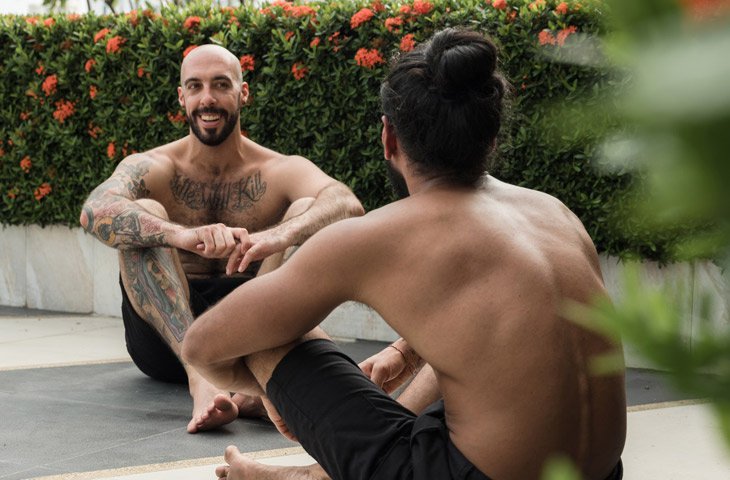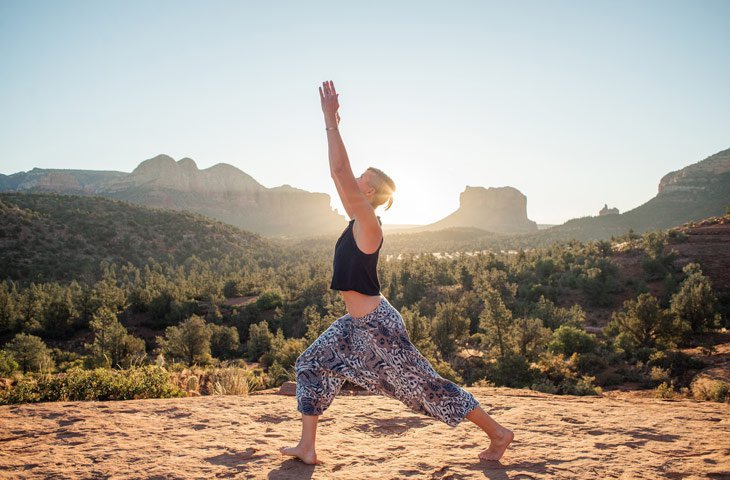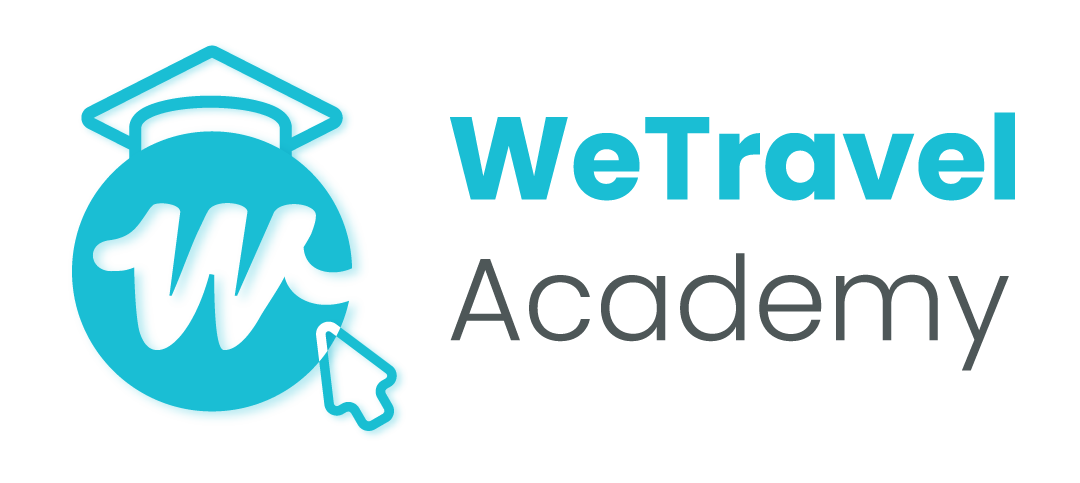How To Build A Retreat Sales Strategy Through Authentic Community Engagement - With Jackie Roby
Building an authentic sales strategy that doesn’t compromise on your values and who you are as a retreat leader can be a pain point for many retreat leaders.
You are passionate about what you do and know that you have a unique offering that can add so much value to so many people, but how do you sell your retreat in a way that doesn’t feel pushy?
How do you get your community to come to you and sign up for their spots because they genuinely want to be there...without you having to put the information out there and hope that someone picks it up?
If this is a feeling that you can relate to, then stay with us and find out what Jackie Roby, Chief Excellence Office at Inspired Journey Consulting, has to share on the subject. We chat about how to define your ideal client in a competitive landscape, choose the right engagement platforms, and set achievable goals to keep your efforts on track.
Jackie provides strategic sales solutions as well as diversity, equity, and inclusion consulting to the travel industry. She founded her company on the belief that wellness tourism experiences bring greater healing, awareness, empathy, love, and inclusion to our world. As such, we were thrilled to have a conversation with Jackie about building a retreat sales strategy through authentic community engagement.
Tips To Build A Retreat Sales Strategy Based On Authentic Community Engagement

1. Define Your Ideal Client In A Competitive Landscape
Jen: The sales process is a sore spot for a lot of retreat leaders and wellness professionals, often creating feelings of intimidation and overwhelm. Given that, where do you suggest people start?
Jackie: I get it, and I agree it can be really overwhelming. Even personally, after having spent so many years in sales, transitioning to selling as the owner of my own business - my mind was blown! It really changed my perspective.
I think you really need to look at your ideal client, and your ideal client comes from your "why?" Why are you doing this in the first place? Who are you looking to serve?
Sometimes, we focus too broadly and think, "maybe there's something I can offer everyone," "I can do a little bit of this, a little bit of that." But, narrowing it down and being more specific actually helps you to be more focused and strategic.
Jen: Once you have a sense for your ideal client, would you recommend people spend some time mapping out their competition? What are the key things to tune into there?
Jackie: There’s always going to be competition out there, and the average person is going to look at their options and say, “How do I choose between a, b, and c?”
That’s where your homework comes in. Write down a list of what your gifts are. What do you think is going to make you unique in the marketplace? What’s exciting you about bringing your offering together?
Do some Google searches around retreats, look on social media. You’re going to learn a lot just by searching the hashtag #retreatleaders on Instagram.
Give yourself a target of looking to three to five competitors’ Instagram accounts and websites. Ask yourself, “What is it that they’re doing? Who are they serving? How is what I’m doing different?”
Of course, there are going to be similarities. But how can you showcase what makes you stand out in comparison? If somebody is choosing from among the different providers, what might drive their decision-making?

2. Choose The Right Engagement Platforms
Jen: We’re lucky that we live in a world that gives us so many avenues for engaging with others, both online and offline. How do you narrow down the platforms you’re going to focus on in terms of both general community engagement, as well as more focused sales and marketing?
Jackie: I think the main ones that you're likely going to be looking at in the retreats and wellness space are Facebook and Instagram. If you're doing corporate or team-building retreats, LinkedIn might come into play as well.
The beauty of using both Facebook and Instagram together is being able to share posts in different spaces and figure out what messaging works best in each.
Experiment with both platforms, but be strategic about where you actually want to spend your time. If you're looking at Facebook, consider creating your own group. Right now, group algorithms are highest for engagement, and you can build a great sense of community.
For Instagram, people tend to focus a lot on the visuals and making things pretty. Yes, your photos need to be appealing, but they also need to fit with your brand and your mission.
It’s easy to look at those accounts that are so curated, beautifully crafted grids of color and design. You might think, “They’re amazing, and that’s wonderful, but it’s not me.” Don’t worry - success depends much more on sticking to a strategy.
When you’ve got a cohesive strategy in place, it’s going to send the right messaging around who you are, what’s important to you, and what you have to offer. You’re going to build relationships that make it easier to talk about what you’re selling.

3. Fill Your Channels With Content That Your Audience Responds To
Jen: I’ve definitely fallen into the trap of obsessing over finding the “perfect” Instagram images.
But I read something recently that I thought was really interesting - a marketing blogger suggested starting with your captions and then choosing the photos to match.
I think that echoes your advice to focus first and foremost on your messaging. And if it’s a departure from how you’ve done things historically, you might find some new creative inspiration bubbling up.
But it’s also a good segue into my next question, which is: Once you’ve settled your go-to platforms or channels, what are some key considerations for mapping out your content calendar?
Jackie: Part of that customer journey is building trust. For that reason, I think it's extremely important to have who you are as a person and why you do what you do as defining elements of your content.
Why did you get into yoga, pilates, healing, stress relief? What brought you there? Who did you learn from? How have these experiences shaped who you are? When you share this type of information, people want to see you; they know you, they trust you.
To that point, try to bring an element of yourself into your social media at some point every week. When you’ve got something you want to promote, like a retreat, you can frame it in the context of your experience and your purpose.
From there, you can build the story of your offering. Break it down - there’s so much opportunity within just the itinerary. Your posts can bring people there with you, so they understand the experience you’re creating and what makes it special.
Finally, figure out what’s going to fit your life and schedule over the long term. If it’s two posts a week, great. If it’s three, fine. Find out what works, what you can stick to, and create a content calendar around that to match your sales strategy.

4. Set Achievable Goals To Keep Your Efforts On Track
Jen: How about measuring your progress? Are there certain metrics for each platform that are especially important to watch over time?
Jackie: Facebook and Instagram for Business are really great for giving your insights, seeing what your following looks like in terms of demographics, and the content that’s performing best.
But, I think a lot of this tracking should be oriented toward how you’re doing relative to your own goals.
Are you trying to gain a certain amount of followers? Are you hoping to take those followers into the next part of the journey where they’re opting to learn more or be added to your waitlist? Are they DMing you?
Make sure your content includes calls to action so that people are prompted to do something, even if it's just to comment. Number one, it shows you that people are paying attention. And two, it will also boost your content in the eyes of the platform's algorithm.
As you’re building your audience, one of the goals you should be setting for yourself is engagement with other accounts. That looks different depending on the platform, but for Instagram, hashtags are really important. Be mindful of the hashtags you’re choosing; make sure they resonate with the audience you want to attract and engage.
Say you have a particular hashtag in mind - #wellnessretreat. Look at the most recent posts rather than the top ones. "Like" photos and comment on them - make these four words or longer, and the more authentic, the better.
Decide on the amount of time you can spend on this daily; if it's 30 minutes, great, but if it's just 10 minutes, that's okay too. It's part of how you build a community, how you get like-minded people's attention, and then keep them engaged.
Thank you to Jackie for taking the time to connect with us. You can watch the interview below.
Final Thoughts
Putting the overwhelm aside to build an authentic retreat sales strategy does not have to cost you your values.
Narrow your focus and shift away from the idea of having to sell. You already know what makes you unique and differentiates you from your competitors. Get that out in your messaging and show your community members exactly how your offering can meaningfully impact their lives.
New resources, straight to your inbox
We’re committed to your privacy. WeTravel uses the information you provide to us to contact you about our relevant content, products, and services. You may unsubscribe at any time.




